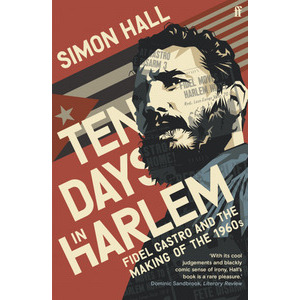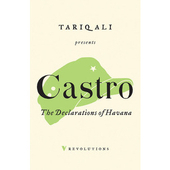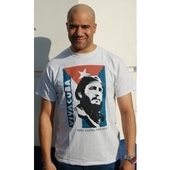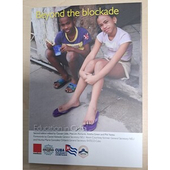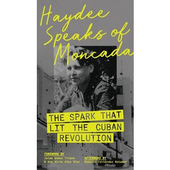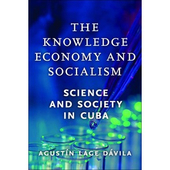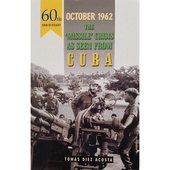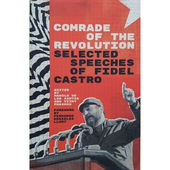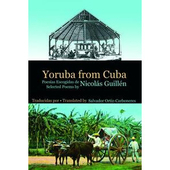Review of book: Ten days in Harlem: Fidel Castro and the maiking of the 1960s
Professor of Modern History at Leeds University Simon Hall describes 18-28 September 1960 as “10 days that launched the 60s and changed the world.” Covering the days in detail over ten chapters, he uses extensive research to create a fast-moving and detailed picture of both the minutiae of the days and the world politics that was being remade. The story he weaves does justice to the New Yorker’s description of the ten days as a script “no sensible playwright would dare to compose.”
A description of Fidel’s trip to New York in April 1959 casually notes that Fidel was presented with the keys to the city and addressed 35,000 Cuban Americans in Central Park. However, the fifty comrades in their trademark combat fatigues and smoking cigars, rocking up at the Shelburne Hotel to find thousands of supporters waving Cuban flags and chanting “Viva Fidel”, conjured up a different vision. Hotel owner Edward Spatz was blunt in his opinion of Fidel (“I hate him”), leading Fidel to declare the “rudeness and lack of hospitality” was inexplicable before setting off to the UN threatening to sleep in the Rose Garden if necessary.
It was the reception they received when they moved into the Hotel Theresa in Harlem that Hall says put a global spotlight on America’s ‘race problem’ and is one of the strongest themes throughout the book. The reception they got in Harlem shocked a young Maya Angelou: “At 11 o’clock on a Monday evening we couldn’t even get close to the hotel. Thousands of people filled the sidewalks and intersection.” Famously, at 1.00am Malcolm X arrived, and they discussed racial inequality in the USA, the Congo crisis and the UN meeting. Fidel impressed Malcolm, who later told Cuban journalist Reinaldo Penalver that Fidel was “the only white person I have really liked.”
A succession of world leaders, black freedom fighters and counter-cultural luminaries – everyone from Nikita Khrushchev to Gamal Abdel Nasser, Jawaharlal Nehru to Allen Ginsberg – came to see Fidel. Hall portraits them and shows how many young new leftists saw in Cuba a real alternative to capitalism, imperialism and racism.
On 26 September Fidel went to the UN rostrum to assert his legitimacy as a revolutionary leader and welcome the sixteen newly liberated African states to the organisation. During his four and a half-hour address – still the longest speech in UN history – he promoted the politics of anti-imperialism with a passion and audacity that made him an overnight icon.
He ended with: “The Cuban people stand for nothing less than: the right of the peasants to the land; the right of the workers to their labour, the right of children to education; the right of the sick to medical treatment and hospital attention; the right of youth to work; the right of students to free education… the right of black and indigenous people to full dignity as human beings, the right of women to civil, social and political equality, the right of the elderly to a secure old age…” A marvellous manifesto, as relevant today as it was then. The usual suspects left early, whereas most delegates applauded feverishly. This moment in history puts into context the USA’s intensification of the blockade and its desperate attempts to overthrow Fidel, as well as six decades of suffering and struggle for the Cuban people.
My only criticism is the regular use throughout the book of the term ‘Maximum Leader’ for Fidel. Although he references its use in a report by Juan Arcocha in Revolución (the newspaper of the 26 July Movement) it is not a common phrase in Cuba and it sits uneasily in what overall is a highly readable and informative book. Whilst Hall uses praise where it is deserved, he also uses irony a lot to reflect on a changing world. It is still a fascinating read though and the extensive reference notes are listed over 33 pages along with a comprehensive reading list.
Bob Oram for CubaSi magazine Autumn 2020 issue c. Cuba Solidarity Campaign
